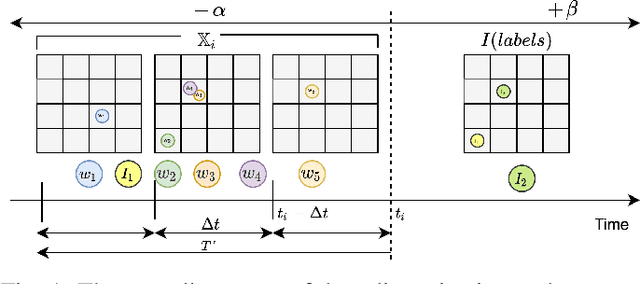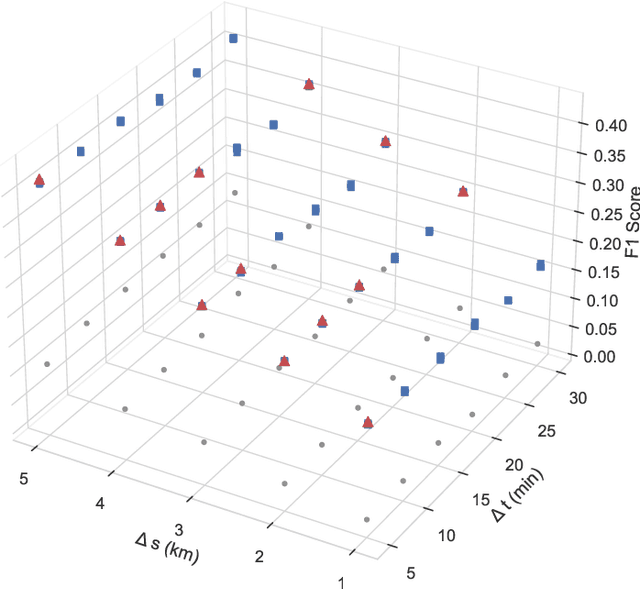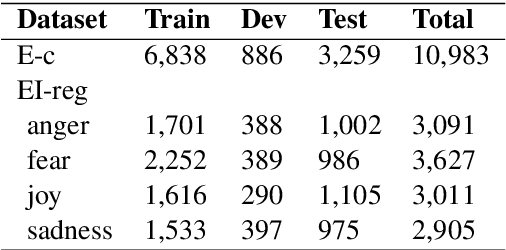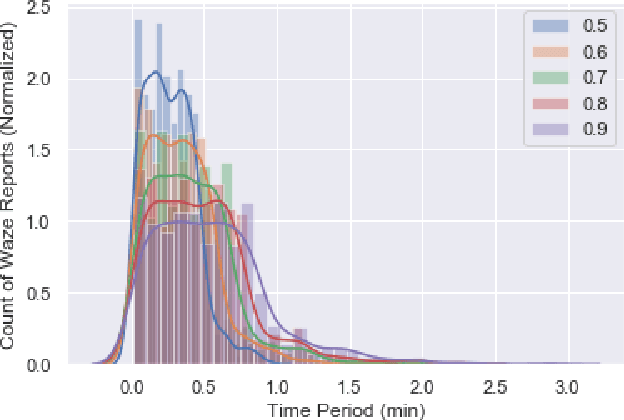Yasas Senarath
Knowledge-guided Continual Learning for Behavioral Analytics Systems
Oct 25, 2025Abstract:User behavior on online platforms is evolving, reflecting real-world changes in how people post, whether it's helpful messages or hate speech. Models that learn to capture this content can experience a decrease in performance over time due to data drift, which can lead to ineffective behavioral analytics systems. However, fine-tuning such a model over time with new data can be detrimental due to catastrophic forgetting. Replay-based approaches in continual learning offer a simple yet efficient method to update such models, minimizing forgetting by maintaining a buffer of important training instances from past learned tasks. However, the main limitation of this approach is the fixed size of the buffer. External knowledge bases can be utilized to overcome this limitation through data augmentation. We propose a novel augmentation-based approach to incorporate external knowledge in the replay-based continual learning framework. We evaluate several strategies with three datasets from prior studies related to deviant behavior classification to assess the integration of external knowledge in continual learning and demonstrate that augmentation helps outperform baseline replay-based approaches.
Practitioner-Centric Approach for Early Incident Detection Using Crowdsourced Data for Emergency Services
Dec 03, 2021



Abstract:Emergency response is highly dependent on the time of incident reporting. Unfortunately, the traditional approach to receiving incident reports (e.g., calling 911 in the USA) has time delays. Crowdsourcing platforms such as Waze provide an opportunity for early identification of incidents. However, detecting incidents from crowdsourced data streams is difficult due to the challenges of noise and uncertainty associated with such data. Further, simply optimizing over detection accuracy can compromise spatial-temporal localization of the inference, thereby making such approaches infeasible for real-world deployment. This paper presents a novel problem formulation and solution approach for practitioner-centered incident detection using crowdsourced data by using emergency response management as a case-study. The proposed approach CROME (Crowdsourced Multi-objective Event Detection) quantifies the relationship between the performance metrics of incident classification (e.g., F1 score) and the requirements of model practitioners (e.g., 1 km. radius for incident detection). First, we show how crowdsourced reports, ground-truth historical data, and other relevant determinants such as traffic and weather can be used together in a Convolutional Neural Network (CNN) architecture for early detection of emergency incidents. Then, we use a Pareto optimization-based approach to optimize the output of the CNN in tandem with practitioner-centric parameters to balance detection accuracy and spatial-temporal localization. Finally, we demonstrate the applicability of this approach using crowdsourced data from Waze and traffic accident reports from Nashville, TN, USA. Our experiments demonstrate that the proposed approach outperforms existing approaches in incident detection while simultaneously optimizing the needs for real-world deployment and usability.
Exploring Deep Neural Networks and Transfer Learning for Analyzing Emotions in Tweets
Dec 10, 2020



Abstract:In this paper, we present an experiment on using deep learning and transfer learning techniques for emotion analysis in tweets and suggest a method to interpret our deep learning models. The proposed approach for emotion analysis combines a Long Short Term Memory (LSTM) network with a Convolutional Neural Network (CNN). Then we extend this approach for emotion intensity prediction using transfer learning technique. Furthermore, we propose a technique to visualize the importance of each word in a tweet to get a better understanding of the model. Experimentally, we show in our analysis that the proposed models outperform the state-of-the-art in emotion classification while maintaining competitive results in predicting emotion intensity.
Emergency Incident Detection from Crowdsourced Waze Data using Bayesian Information Fusion
Nov 10, 2020



Abstract:The number of emergencies have increased over the years with the growth in urbanization. This pattern has overwhelmed the emergency services with limited resources and demands the optimization of response processes. It is partly due to traditional `reactive' approach of emergency services to collect data about incidents, where a source initiates a call to the emergency number (e.g., 911 in U.S.), delaying and limiting the potentially optimal response. Crowdsourcing platforms such as Waze provides an opportunity to develop a rapid, `proactive' approach to collect data about incidents through crowd-generated observational reports. However, the reliability of reporting sources and spatio-temporal uncertainty of the reported incidents challenge the design of such a proactive approach. Thus, this paper presents a novel method for emergency incident detection using noisy crowdsourced Waze data. We propose a principled computational framework based on Bayesian theory to model the uncertainty in the reliability of crowd-generated reports and their integration across space and time to detect incidents. Extensive experiments using data collected from Waze and the official reported incidents in Nashville, Tenessee in the U.S. show our method can outperform strong baselines for both F1-score and AUC. The application of this work provides an extensible framework to incorporate different noisy data sources for proactive incident detection to improve and optimize emergency response operations in our communities.
 Add to Chrome
Add to Chrome Add to Firefox
Add to Firefox Add to Edge
Add to Edge